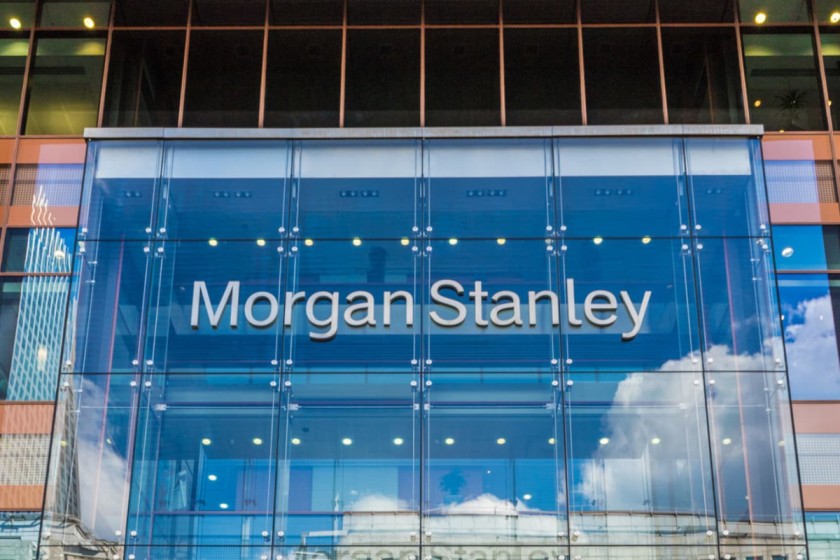- November 11, 2022
India gaining power in world order: Morgan Stanley

India, already the fastest-growing economy, is poised to become the world’s third-largest economy by 2027, notes Morgan Stanley.
With an average gross domestic product growth of 5.5 per cent in the past decade, India is already the fastest-growing economy in the world, stated Morgan Stanley in a research report released on Tuesday. It added that India is expected to overtake Japan and Germany to become the world’s third-largest economy by 2027. India is also gaining power in the world order, the Morgan Stanley report said, calling it a ‘once-in-a-generation shift’.
It added that global offshoring, digitalisation and energy transition is driving the unprecedented growth in the country.
Ridham Desai, Morgan Stanley’s Chief Equity Strategist for India said, “We believe India is set to surpass Japan and Germany to become the world’s third-largest economy by 2027 and will have the third-largest stock market by the end of this decade. Consequently, India is gaining power in the world order, and in our opinion these idiosyncratic changes imply a once-in-a-generation shift and an opportunity for investors and companies.”
The report said that India’s GDP could double from $3.5 trillion to surpass $7.5 trillion by 2031. Its exports are expected to double and BSE deliver an 11 per cent growth, reaching a m-cap of $10 trillion in the coming decade.
Chetan Ahya, Morgan Stanley’s Chief Asia Economist, said, “In a world that is currently starved of growth, the opportunity set in India must be on global investors’ radar.” Ahya said that India will be one of the only three economies to generate more than $400 billion annual economic output growth from 2023 onward, which will increase to more than $500 billion after 2028.
Global offshoring
Due to corporate tax cuts, investment incentives and infrastructure spending helping drive capital investments in manufacturing, India is poised to become the factory to the world. Multinational corporations are buoyant about prospects of investing in India, and the government is helping by investing in infrastructure or supplying land for factories, said Upasana Chachra, Chief India Economist. Manufacturing share of GDP could increase from 15.6 per cent currently to 21 per cent by 2031, it said.
Digitalisation
“India is currently one of the most under leveraged countries in the world,” said Desai. His team believes that the ratio of credit to GDP could increase from 57 per cent to 100 per cent over the next decade. Consumers are also likely to have more disposable income, the report added.
Energy access
“In the coming decade, as India’s economy transforms, we think that it will be increasingly relevant for global investors in a similar way that China is today,” says Ahya. He added that India’s next decade could resemble China’s trajectory in the 2007-2012 period. “We think that India offers the most compelling growth opportunity in Asia in the coming years,” he said.
